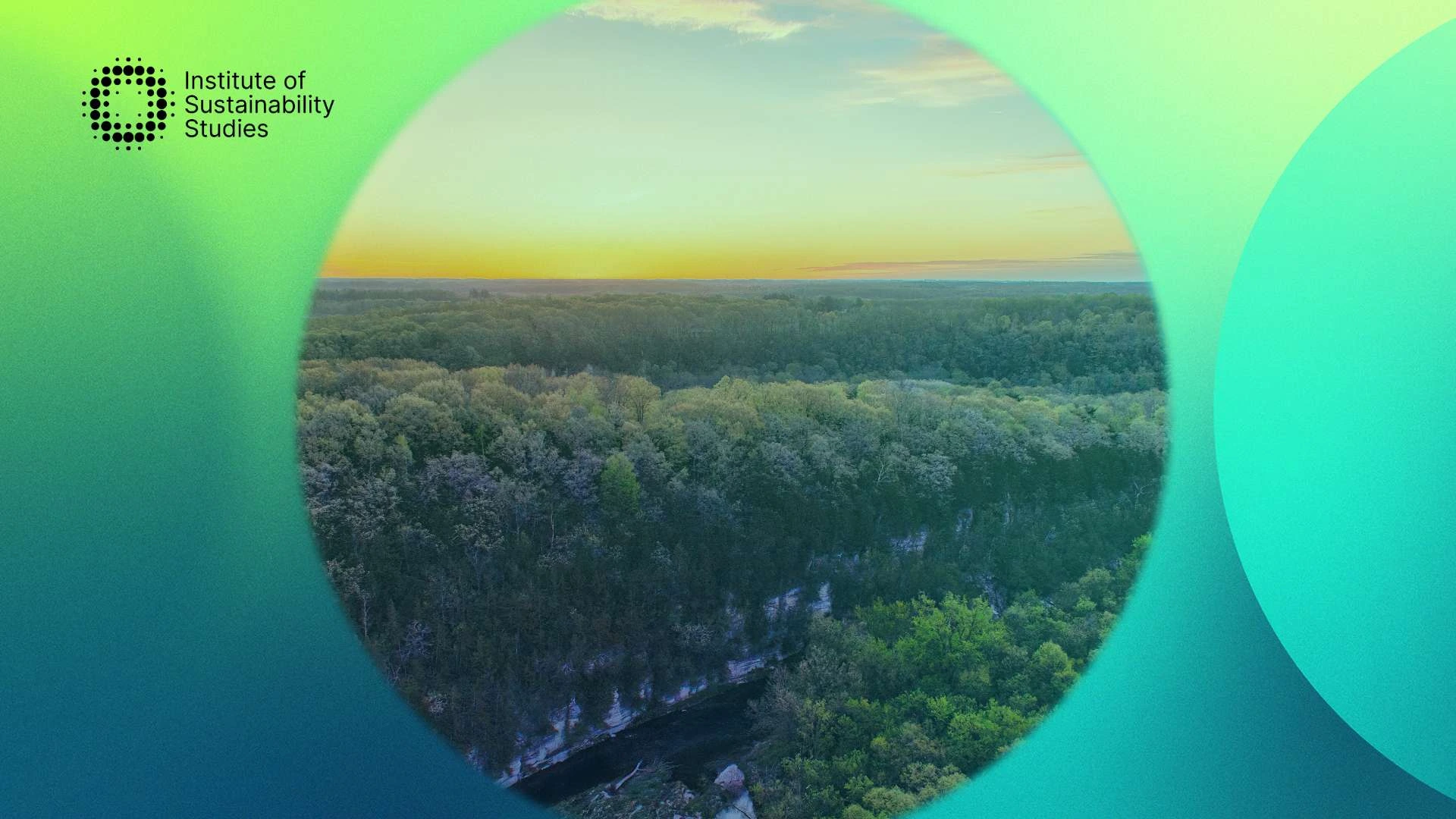The urgency to protect and restore natural ecosystems has never been greater as the world faces accelerating climate change, biodiversity loss, and environmental degradation. Yet, these critical resources are often undervalued or ignored in traditional financial systems. Enter nature finance—a transformative approach to aligning financial investments and corporate sustainability efforts with the sustainable management of natural resources.
By recognising the immense value of natural assets and integrating them into financial strategies, nature finance offers a path to combat pressing global challenges. At the same time, it promotes social equity and long-term economic benefits. Keep reading as we dive into nature finance, its tools and mechanisms, and why it is central to safeguarding our planet.
Definition of nature finance
Nature finance refers to the financial mechanisms, investments, and strategies aimed at protecting, restoring, and sustainably managing natural ecosystems while promoting economic and social benefits. It recognises that natural assets (forests, wetlands, biodiversity, and clean water) are critical to global economic stability and human well-being, and therefore, must be accounted for and supported in financial systems.
The case for nature finance
As environmental degradation accelerates due to climate change, biodiversity loss, and unsustainable resource use, financing mechanisms aimed at protecting and restoring natural ecosystems are becoming essential. Here are the key arguments for prioritising finance for nature:
Nature underpins the global economy
Nature provides essential ecosystem services, including pollination, water purification, carbon sequestration, and climate regulation, valued at approximately $44 trillion annually, or over 50% of global GDP. Without adequate financing to maintain these services, industries such as agriculture, fisheries, forestry, and tourism face significant disruption.
Addressing biodiversity loss
The planet is experiencing biodiversity loss at an unprecedented rate, with one million species at risk of extinction, according to the IPBES. Protecting and restoring biodiversity requires significant investment, and current funding gaps can only be bridged by innovative financial solutions such as blended finance, biodiversity credits, and sustainable bonds.
Climate change mitigation and adaptation
Nature-based solutions (NbS) offer cost-effective strategies to combat climate change, such as reforestation, wetland restoration, and mangrove conservation. These projects not only sequester carbon but also reduce vulnerability to climate impacts, such as flooding and drought.
Social and economic equity
Nature finance promotes equitable development by supporting communities that depend on natural resources for their livelihoods. Payment for Ecosystem Services (PES) schemes, for example, compensate local communities for preserving forests, ensuring both environmental and social benefits.
Bridging the funding gap
It is estimated that $700 billion is needed annually to halt biodiversity loss, but current funding is far below this level. Mobilising private investment, alongside public and philanthropic contributions, is critical to closing this gap and ensuring a sustainable future.
Aligning with global goals
Nature finance is essential to meeting international commitments such as the UN Sustainable Development Goals (SDGs), particularly SDG 13 (Climate Action) and SDG 15 (Life on Land). Additionally, the Kunming-Montreal Global Biodiversity Framework, which aims to protect 30% of the planet by 2030.
Tools and mechanisms in nature finance
Nature finance utilises a variety of tools and mechanisms to mobilise funding for the protection, restoration, and sustainable use of natural ecosystems. These instruments align economic activities with environmental goals, ensuring that investments support long-term planetary health and economic resilience. Below are some of the key tools and mechanisms:
- Green bonds: Debt instruments issued to raise funds specifically for environmental or nature-based projects, like reforestation, wetland conservation, or renewable energy. For instance, the World Bank’s Green Bonds finance climate-resilient agriculture and forest protection.
- Payment for Ecosystem Services (PES): Financial incentives provided to landowners or communities to conserve or enhance ecosystem services like clean water, carbon sequestration, or biodiversity preservation. Costa Rica has implemented such a programme that compensates landowners for reforestation efforts.
- Biodiversity offsets and credits: These refer to systems where companies offset their environmental impact by investing in conservation projects or purchasing biodiversity credits. For example, the Queensland Biodiversity Offset Programme in Australia allows developers to offset habitat loss by funding restoration efforts elsewhere.
- Natural capital valuation: Tools that assign economic value to natural assets like wetlands and forests and their ecosystem services to incorporate them into financial decision-making. The Natural Capital Protocol offers guidance for businesses to value and integrate natural capital into their strategies.
Summary
Nature finance represents a pivotal opportunity to bridge the gap between economic systems and environmental sustainability. By leveraging innovative financial tools, stakeholders can drive significant investments into the protection and restoration of natural ecosystems. These efforts address critical challenges like biodiversity loss and climate change and support equitable development for communities reliant on natural resources.
As the demand for sustainable solutions grows, nature finance offers a framework for aligning global economic activities with urgent environmental and social goals. By investing in nature today, we lay the foundation for a more resilient, equitable, and sustainable future. It is a call to action for governments, businesses, and individuals to rethink the way we value and protect the natural world.
Dedicated to harnessing the power of storytelling to raise awareness, demystify, and drive behavioural change, Bronagh works as the Communications & Content Manager at the Institute of Sustainability Studies. Alongside her work with ISS, Bronagh contributes articles to several news media publications on sustainability and mental health.
- Bronagh Loughlinhttps://instituteofsustainabilitystudies.com/insights/author/bronagh/
- Bronagh Loughlinhttps://instituteofsustainabilitystudies.com/insights/author/bronagh/
- Bronagh Loughlinhttps://instituteofsustainabilitystudies.com/insights/author/bronagh/
- Bronagh Loughlinhttps://instituteofsustainabilitystudies.com/insights/author/bronagh/










